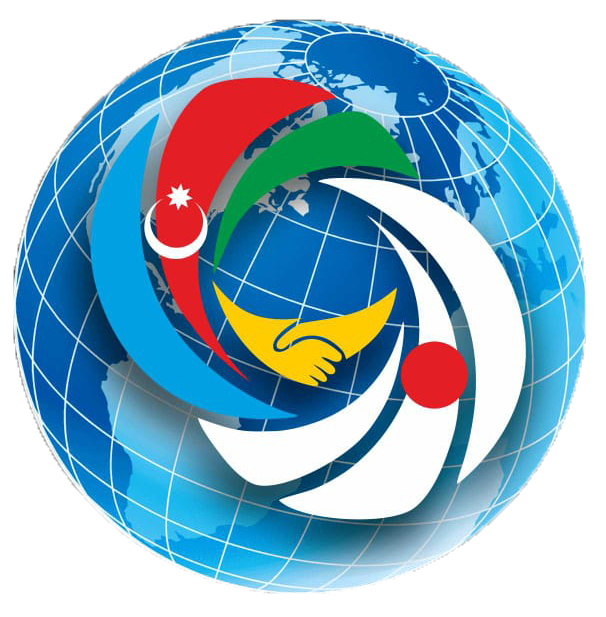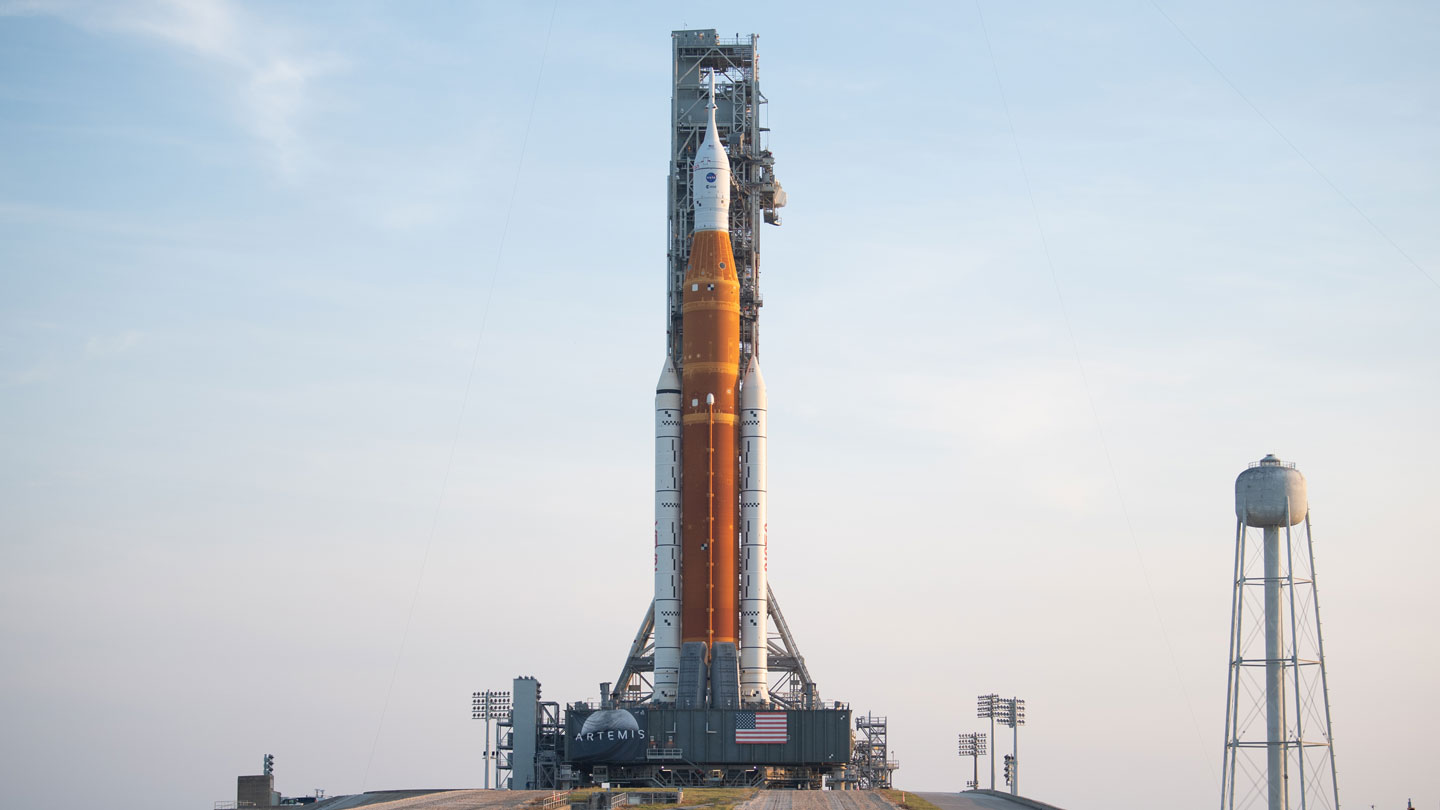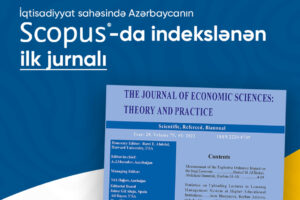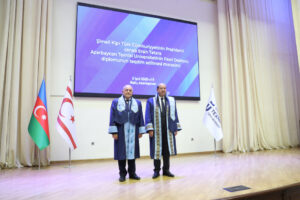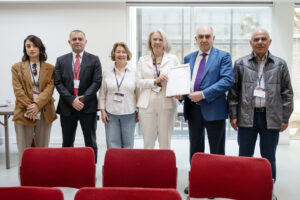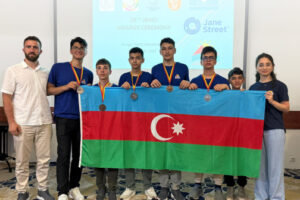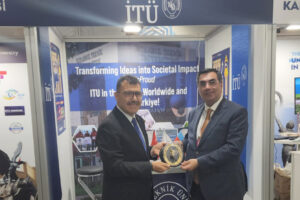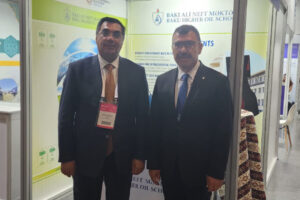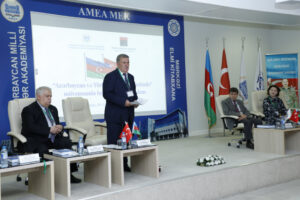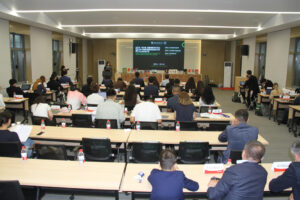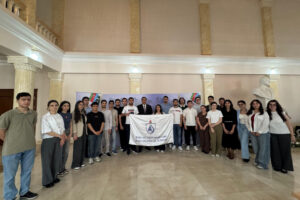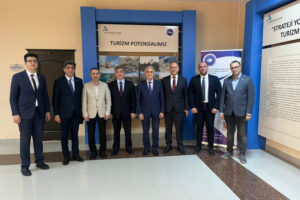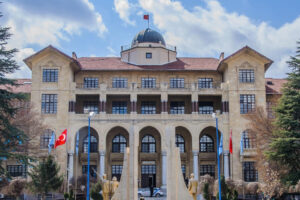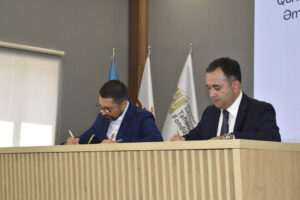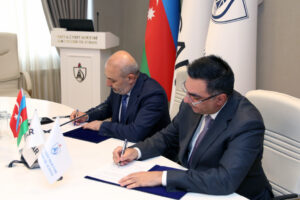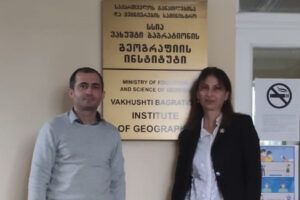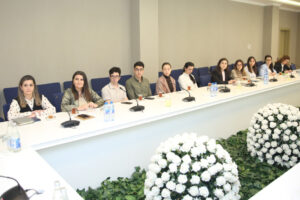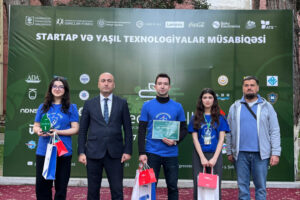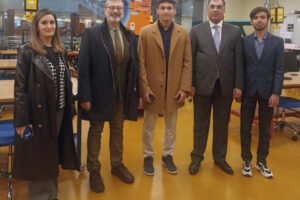Tokyo, 28 August, /AJMEDIA/
When Artemis I blasts off into the early morning sky over Florida, it may launch a new era of lunar science and exploration with it.
The NASA mission, scheduled to launch in the next two weeks, is the first of three planned flights aimed at landing humans on the moon for the first time since 1972. No astronauts will fly on the upcoming mission. But the flight marks the first test of the technology — the rocket, the spacesuits, the watery return to Earth — that will ultimately take people, including the first woman and the first astronaut of color, to the lunar surface.
The test includes the first flight of NASA’s Space Launch System, or SLS, and its Orion spacecraft, a rocket and crew capsule that have been decades in the making. These craft have been delayed, blown through their budgets and been threatened with cancellation more than once. Even within the spaceflight community, a lot of people feared they would never fly.
To see a human-capable moon rocket finally on the launchpad is “pretty astonishing,” says Casey Dreier, a Seattle-based space policy expert at the Planetary Society. “This is a reality that most of us alive on Earth today have never experienced.”
And if the Artemis program works, opportunities for science will follow.
“Because humans have to come back, alive, you have a huge opportunity to bring samples back with you,” Dreier says. Sending human astronauts may be a wedge to open the door for pure learning.
The launch
Artemis I is slated to lift off on August 29 at 8:33 a.m. EDT. The SLS rocket will lift Orion into space, where the crew capsule will separate from the rocket and continue to an orbit around the moon. After circling the moon for about two weeks, Orion will slingshot back to Earth and splash down in the Pacific Ocean off the coast of San Diego. The whole mission will last about 42 days.
Orion will stay in space longer than any other human-rated spacecraft has without docking to another spaceship, like the International Space Station. At its closest approach, the spacecraft will fly about 100 kilometers above the lunar surface. It will also go up to 64,000 kilometers past the moon, farther from Earth than any spacecraft built for humans. The previous record, set by Apollo 13 in 1970, was 16,000 kilometers beyond the far side of the moon.
The main goal of the mission is to prove that everything works. That includes Orion’s heat shield, which will need to protect astronauts as the capsule comes screaming through Earth’s atmosphere at 40,000 kilometers per hour and heats up to more than 2700° Celsius on its return trip. It also includes the procedure for retrieving the capsule and its crew and cargo after splashdown.
Even though it has no astronauts, the mission won’t be flying empty. Just beneath the Orion capsule are 10 CubeSats, small, simple spacecraft each about the size of a shoebox. After Orion separates from the SLS rocket, those CubeSats will go their separate ways to study the moon, the radiation environment in space and the effects of that radiation on organisms like yeast. One CubeSat will unfurl a solar sail and take off to explore a near-Earth asteroid (SN: 8/26/11).
The “crew”
Inside the Orion capsule ride three humanoid passengers. In the commander’s seat is faux astronaut Moonikin Campos, named for Arturo Campos, a NASA engineer who played a key role in returning the Apollo 13 moon mission safely to Earth after its in-flight disaster in 1970. The “moonikin” — a mashup of moon and manikin — is based on a firefighter training rescue manikin, says NASA engineer Dustin Gohmert. Moonikin Campos will be wearing the new flight suit that was designed for the Artemis missions.
